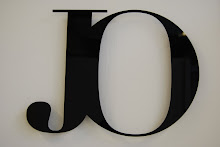
Experiences of the dark
Events in and around How It Is
We often fear and relish the dark in equal measures for all the unknown it can conceal. As children, we are introduced to darkness with fairy tales, and we enjoy them because they allow us to experience the thrill of the unknown and the shadows without any real exposure to danger. We associate the absence of light both with sleep and more sinister connotations.
The dark, by limiting visual clues that we usually rely on in order to make sense of the world, leaves us open to all possibilities, from the fantastic to the terrifying. How It Is invites us to embrace these potential experiences by plunging into darkness in the company of other visitors. Strangers and friends, emptiness and obstacles, time and space blur into new categories.
Experiences of the Dark is a series of short talks, performances and workshops taking place in and around Miroslaw Balka's How It Is in the Turbine Hall at Tate Modern. They outline and generate different experiences of the dark that aim to expand our understanding and our appreciation of it.


















